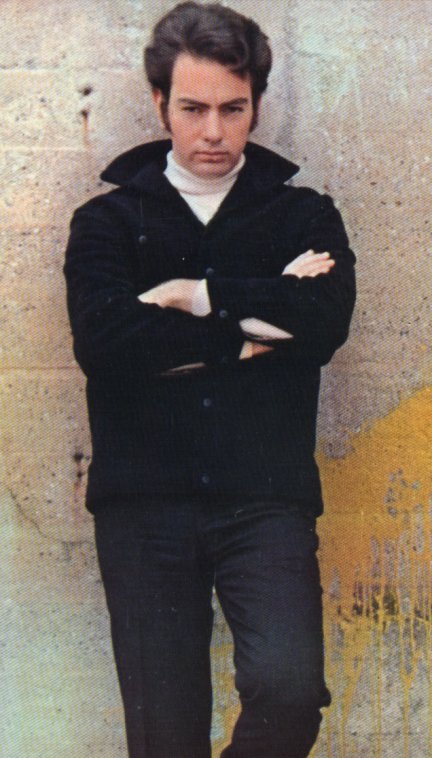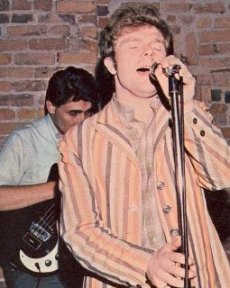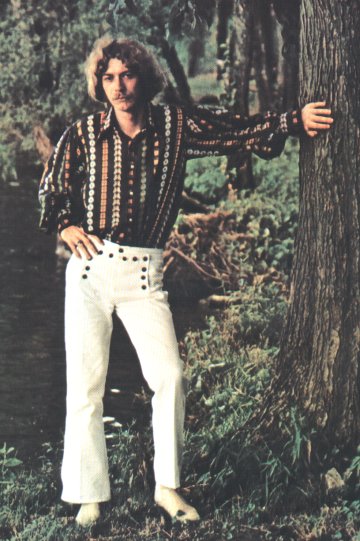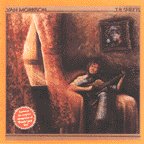Twelve years older than Jim, Estelle was brought up in the county of Middleton, Tennessee. Always strongly interested in music, as a teenager, she had been a fan of pop music, played the organ and sung soprano in the family gospel quartet.She came to Memphis in 1935 at the age of sixteen to get her teaching certificate. While attending Memphis State University she met her husband to be Everett Axton. One year1ater she returned to Middleton to become her brother's first grade teacher. In 1941 she married Everett and moved back to Memphis.By this time she was married and had school aged children of her own. Jim twelve years younger, would later joined her in Memphis, where Estelle worked as a teller at the Union Planter's Bank in Memphis.
Estelle stayed home for ten years raising her two children, before going to work at Union Planters Bank in 1950. There she stayed until she opened the Satellite Record Shop in 1961.
Jim Stewart was born July 29, 1930 in Middleton, Tennessee. His parents Ollie and Dexter Steweart ran a farm with Dexter also doing carpentry and brickwork on the side. Stewart's father bought him a guitar when he was ten. Many Saturday nights he would listen to the Grand Ole Opry and try to ply along with it. Constantly practicing Stewart learned by ear. Eventually he and a friend from a band that played at local square dances.
After high school he went to Memphis where he hoped to develop a career as a country fiddler. Influenced by the Western Swing of Bob Willis ant Texas Playboys, Pee Wee King and Tex Williams, as well as the honkey tonk sounds of Hank Williams, Moon Mullican and Ernest Tubb, he played odd jobs while working at Sears Roebuck during the day. Stewart could be heard on WDIA playing in the early morning as a member of Don Powell's Country Cowboys.
By late 1950 Stewart was working for the First National Bank.
He went into the Army in 1953 and was in the Special Services where he played the violin. He studied business at Memphis State in preparation for a banking career and graduated in 1956. Stewart's intentions were to become a banker, but while working in a bank, he still played fiddle in Western swing bands around Memphis.
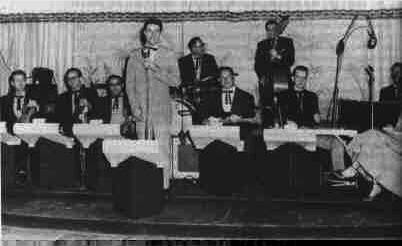
After getting out of the Army, Stewart returned to his job at the bank and got a job playing at the Eagle's Nest on Lamar Avenue. Stewart took advantage of the G.I. Bill and got a B.A. from Memphis State University majoring in business management and minoring in music.
By 1957 Stewart's interest in recording led him to tape a couple songs that he took to Sun Records as well as a few other local labels. With the exception of Erwin Ellis, his barber who owned the small Erwin Records, no one would give him the time of day. Ellis loaned Stewart his first recording equipment, educated about the value of publishing and and taught him the basic mechanics of running a small independent record label and establishing an affiliate publishing company.
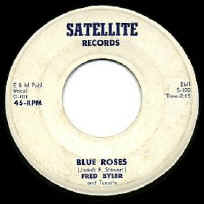
Jim Stewart began fooling around recording music in his wife's uncle's garage around 1957 and he put out his first record in 1958, a country and western song named "Blue Roses" by a disc jockey named Fred Bylar (Satellite 100). At this time Stewart was equal partners in the new label with Bylar and a rhythm guitarist named Neil Herbert, as a three had put in three or four hundred dollars. Only a few hundred copies were pressed with virtually no copies being sold on its only airplay was on KWEM, the station where Bylar worked.
Stewart, Bylar and Hebert had been recording Satellite's releases in Stewart's wife's uncle' two car garage on Omni Street using a portable reel-to-reel tape record owned by Erwin Ellis. Wanting to buy a state of the art Ampex 350 monaural tape recorder Stewart asked his sister Estelle Axton for help by taking out a mortgage on her house. After convincing here husband Everett to go along a second mortgage was taken out. With the $8000 - $9000 Herbert and Bylar were bought out, the Ampex recorder was financed and badly needed operating capital was provided.
Estelle took out a $2500 on her house and they began a record label they called Satellite (probably because Sputnik, the Russians' first earth satellite, was launched in October, 1957, and dominated the news). In 1958, Estelle became involved when Jim Stewart asked her to invest in his record company, she took out a second mortgage on her home and they bought new recording equipment. The label was located in Brunswick, Tennessee in an old storehouse.
In the spring of 1959 Stewart recorded his first black group, the Veltones. The Veltones' "Fool in Love"/"Someday" was released in in the summer of 1959. In September it was picked up for national distribution by Mercury Records for an advance of $400 - $500. The record went nowhere and Stewart received no further money from Mercury.
In 1960, they moved the label back to Memphis to rented for $150 a month the old Capitol movie theater on East McLemore and College. Short on money, Estelle decided to convert the candy counter into a record shop to generate additional income.Estelle ran a record shop in the front of the building from which they would derive much of their early income.
After signing the lease, they set about renovating the theatre. In the next few months after everyone's regular workday and on weekends, acoustical drapes were hung, a control room was built on stage, carpeting was put on the floors, baffles were built with burlap and ruffle insulation on the one outside plaster wall to cut down on echo and a drum stand was built. The hanging of the ceiling baffles was the only work that they paid professionals to do.
Although the renovations only cost $200 - $200, they again found themselves cash strapped. Unable to find local investors, Axton again refinanced her house to get another $4000 of badly needed operating capital. As luck would have it, their next recording would provide their first hit.
They recorded a local disc jockey named Rufus Thomas, who had had a minor hit with Sun Records earlier called "Bearcat". Rufus and his 17 year old daughter Carla recorded a duet titled "Cause I Love You" and it became a local hit in Memphis. The song came to the attention of Jerry Wexler, who was Vice President of Atlantic Records, he leased the record and obtained a five year option for future Satellite product for $5000. After "Cause I Love You", Carla Thomas recorded a song she had written called "Gee Whiz". The record came out on Satellite, but Wexler immediately claimed it for Atlantic, and it was released nationally on Atlantic. "Gee Whiz" went to Billboard #5 and became the first big national hit for Jim Stewart and Estelle Axton.
Estelle Axton's son Packy played tenor sax in a rock and roll band named the Royal Spades. Along with Packy was Steve Cropper on guitar, Charlie Freeman on guitar, drummer Terry Johnson baritone sax player Don Nix and bassist Donald "Duck" Dunn. This group became the Mar-Keys and recorded an instrumental named "Last Night" which became the next big hit for Jim and Estelle. When this song started up the charts, Jim Stewart became aware of another record company in California called "Satellite" so rather than risking litigation, the name of the company was changed to "Stax", the ST from Stewart and the AX from Axton.
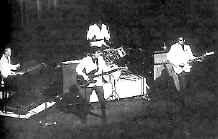
Booker T and the MGs
A young piano player named Booker T. Jones lived in the neighborhood near the Stax studio, and started hanging around. He joined up with Steve Cropper and Duck Dunn from the Mar-Keys and with Al Jackson and they became the backbone of the "Stax Sound". They also recorded on their own as Booker T. and MG's (standing for Memphis Group) and soon had a giant hit named "Green Onions". Steve Cropper became an important producer for Stax and both wrote songs and produced many other acts for Jim Stewart.
In 1962, Johnny Jenkins came to the Stax studio to record a single for Atlantic. When the recording session for Jenkins turned into a disaster, they used the last half hour of studio time to record Jenkin's 21 year old driver, Otis Redding. He recorded a ballad he had written called "These Arms of Mine". "These Arms of Mine" was released in October of 1962 on Stax's new rhythm and blues subsidiary named Volt. It made the charts in March of 1963 and in September of 1963, Otis came back into the Stax studio and recorded "Pain In My Heart" which became an even bigger hit.
 Jubilee was founded in May 1946 in New York City by Herb Abramson, who later went on to found Atlantic Records with Ahmet Ertegun. Abramson sold the label to Jerry Blaine in September 1947.
Jubilee was founded in May 1946 in New York City by Herb Abramson, who later went on to found Atlantic Records with Ahmet Ertegun. Abramson sold the label to Jerry Blaine in September 1947. 

 After getting out of the Army, Stewart returned to his job at the bank and got a job playing at the Eagle's Nest on Lamar Avenue. Stewart took advantage of the G.I. Bill and got a B.A. from Memphis State University majoring in business management and minoring in music.
After getting out of the Army, Stewart returned to his job at the bank and got a job playing at the Eagle's Nest on Lamar Avenue. Stewart took advantage of the G.I. Bill and got a B.A. from Memphis State University majoring in business management and minoring in music.

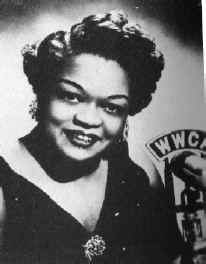
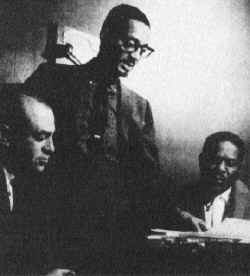

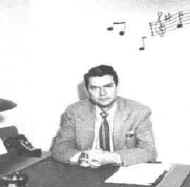
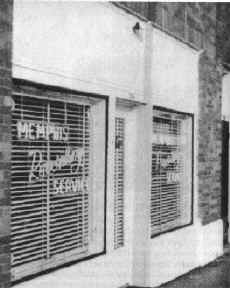
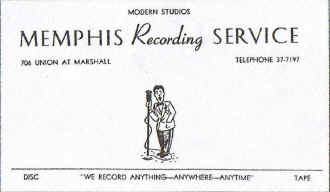
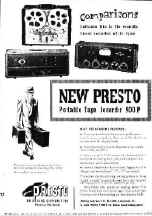
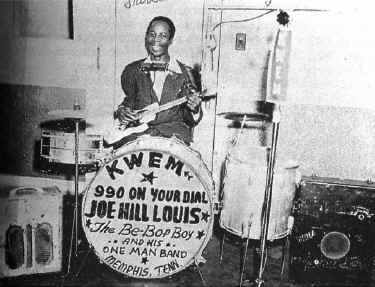
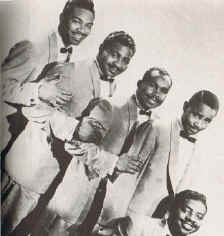
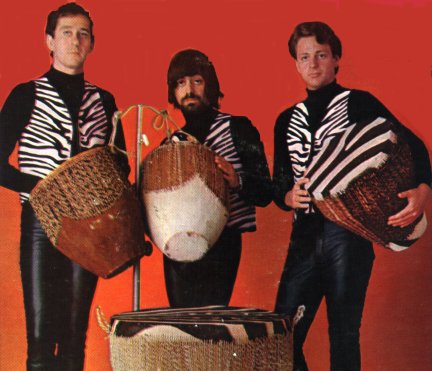 What happened was, we had a record out on Swan as the Strangeloves ["Love Love (That's All I Want From You)", Swan 4192] before the Bang record. It hit the charts [Billboard #122, 12/19/64]. This was in '64, just after the British Invasion hit. The West Coast was another world, but the East Coast writers and producers were having a tough time selling anything because all anybody wanted were English groups. We had a track lying around, and I convinced my partners that the only way we were going to get say product was if we were British. Being that everybody was from England, we came up with the "fact" that we were from Australia, so we became in essence the first Australian rock group to come to the United States. We had this old track lying around that we were going to do with the Angels, but we had never put out. The record was called "Love Love." On the back of "Love Love" was a demo of a song called "I'm On Fire," which Jerry Lee Lewis ultimately recorded [Smash 1886, charted 4/64, #98], and it's in the Great Balls Of Fire movie. But that was the original demo that we had cut to send to him. Somewhere in the record I went (uses British accent) "a little love that slowly grows and grows," and did this monologue with an accent.
What happened was, we had a record out on Swan as the Strangeloves ["Love Love (That's All I Want From You)", Swan 4192] before the Bang record. It hit the charts [Billboard #122, 12/19/64]. This was in '64, just after the British Invasion hit. The West Coast was another world, but the East Coast writers and producers were having a tough time selling anything because all anybody wanted were English groups. We had a track lying around, and I convinced my partners that the only way we were going to get say product was if we were British. Being that everybody was from England, we came up with the "fact" that we were from Australia, so we became in essence the first Australian rock group to come to the United States. We had this old track lying around that we were going to do with the Angels, but we had never put out. The record was called "Love Love." On the back of "Love Love" was a demo of a song called "I'm On Fire," which Jerry Lee Lewis ultimately recorded [Smash 1886, charted 4/64, #98], and it's in the Great Balls Of Fire movie. But that was the original demo that we had cut to send to him. Somewhere in the record I went (uses British accent) "a little love that slowly grows and grows," and did this monologue with an accent. I remember it was Friday night, we stopped in Dayton, and Rick and The Raiders were a substitute backup band. They were a last minute replacement as a backup for the Strangeloves. We were standing in the wings watching them, and I heard a sixteen year-old [Rick Zehringer, later Derringer] that played guitar like I'd never heard anybody play a guitar. And they backed us up. We were worried about the Dave Clark Five, because they had told us that they were going to cut "Hang On Sloopy." Being that "I Want Candy" was just out and on the way up, there was no way we were going to get it out [before they did without killing "Candy"]. We heard the group who would be the McCoys, we thought they'd be great, had them call their folks, and we all drove to New York. We named them on the way, from Dayton to New York. First it was the Real McCoys, then just the McCoys. We got there, went right in the studio, put their voices on the track, and then put Rick's guitar on it. But if you listen to the Strangeloves version of "Hang On Sloopy," listen to the track, it's the same. The McCoys single also has an edit, there was an extra verse we took out, strictly because the song was too long for a single. Bert Berns was a stickler for getting airplay, and at that time songs being under three minutes was necessary.
I remember it was Friday night, we stopped in Dayton, and Rick and The Raiders were a substitute backup band. They were a last minute replacement as a backup for the Strangeloves. We were standing in the wings watching them, and I heard a sixteen year-old [Rick Zehringer, later Derringer] that played guitar like I'd never heard anybody play a guitar. And they backed us up. We were worried about the Dave Clark Five, because they had told us that they were going to cut "Hang On Sloopy." Being that "I Want Candy" was just out and on the way up, there was no way we were going to get it out [before they did without killing "Candy"]. We heard the group who would be the McCoys, we thought they'd be great, had them call their folks, and we all drove to New York. We named them on the way, from Dayton to New York. First it was the Real McCoys, then just the McCoys. We got there, went right in the studio, put their voices on the track, and then put Rick's guitar on it. But if you listen to the Strangeloves version of "Hang On Sloopy," listen to the track, it's the same. The McCoys single also has an edit, there was an extra verse we took out, strictly because the song was too long for a single. Bert Berns was a stickler for getting airplay, and at that time songs being under three minutes was necessary.